Typographic Exercises
Exercise A: Invent, draw, design (and name) a new typographic glyph to be used in a modern setting. At the end of class present your glyph both in isolation (as a symbol / mark) and in use / context (in a sentence / paragraph / text).




I designed a glyph to symbolize variations of sarcasm in texting
Exercise B: Typeset the supplied text in a multi-language setting as a 2-page spread. The text must be set in a minimum of 3 languages on the spread. Page size: 170 × 240mm. Typeface(s): Suisse (Suisse Int’l, Suisse Int’l Mono, Suisse Works, Suisse Sign, Suisse Neue).
Exercise C: With your selected found object (or objects) create sets and variations of letterforms and glyphs — as many as you can in the class time. Consider how you might use / misuse / adapt your found object(s) to draw, stamp, print, mark, carve, imprint, shape, bend, play, manipulate, etc.
My found object was my AirPods case
Exercise D: Typeset the text of one of the readings we’ve covered so far (the choice of which text is yours). Page size is fixed (210 × 280mm), but the number of pages is up to you / dependent on the content.
Exercise E: Typeset the full text of J. Dakota Brown’s ‘Typography, Automation, and the Division of Labor: A Brief History’. Page size is fixed (140 × 216mm), and you may only use 2 colours max. Typeface(s), structure, page count, etc. are up to you. Try to pay particular attention to typographic detail and refinement, and specifically the incorporation of footnotes.

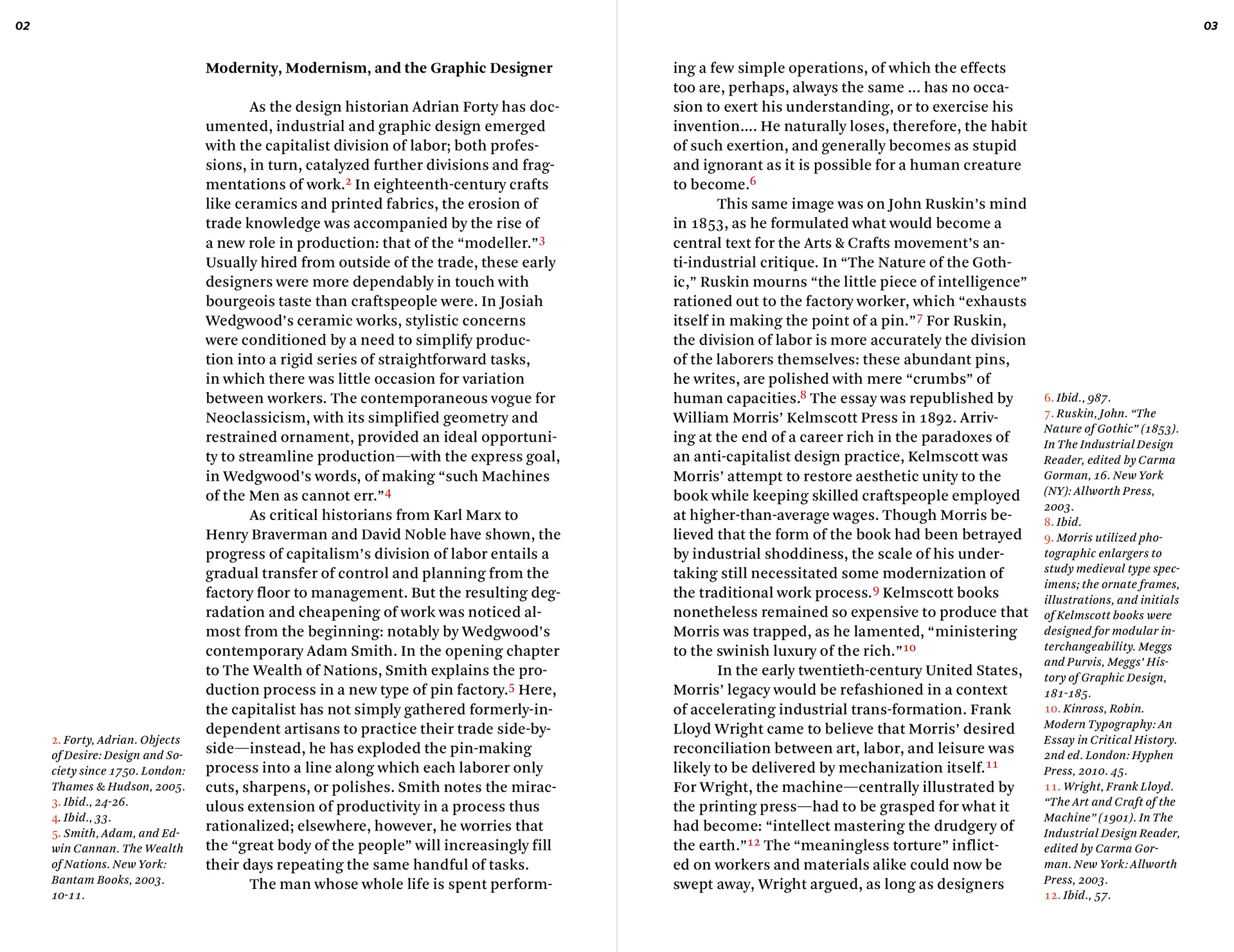

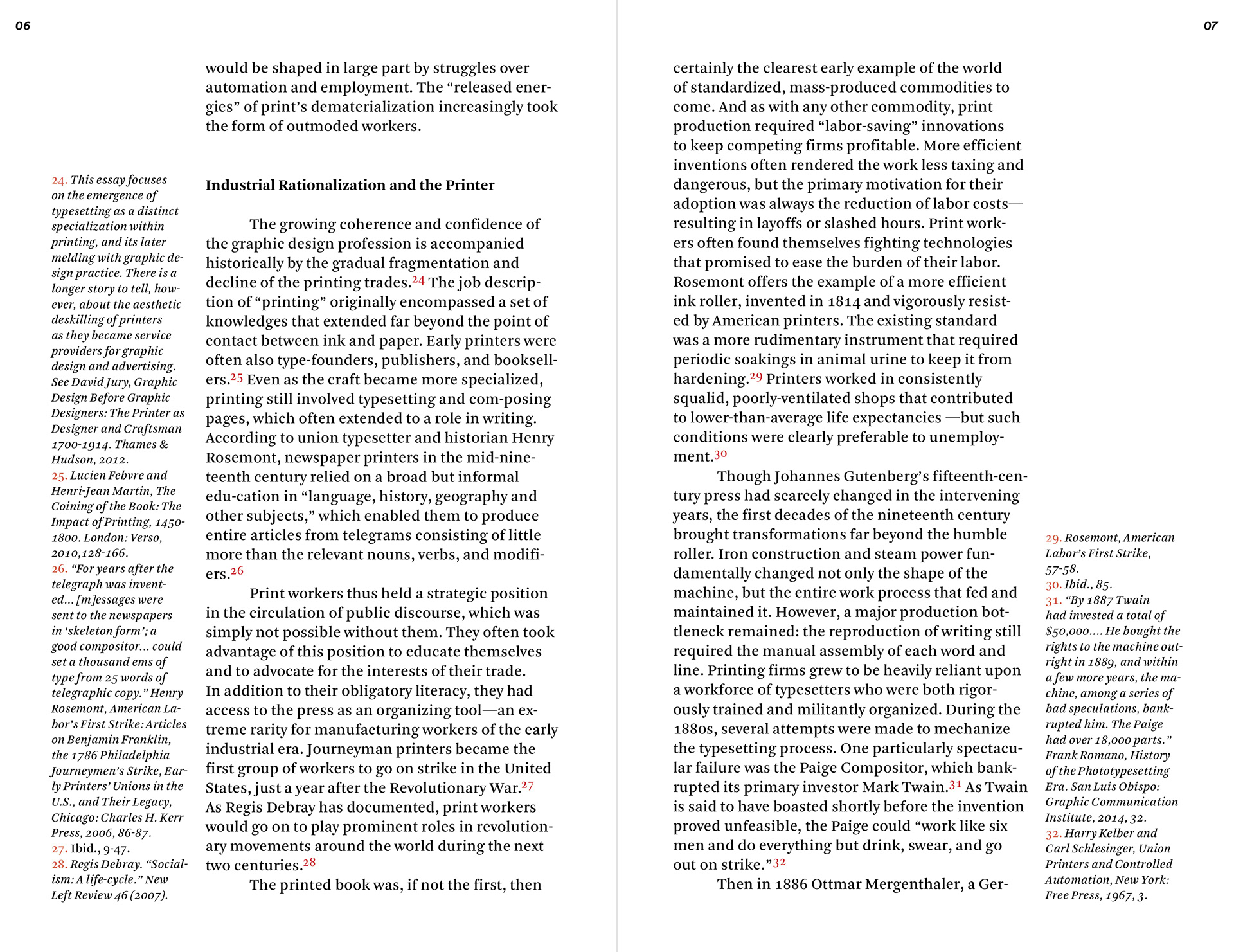
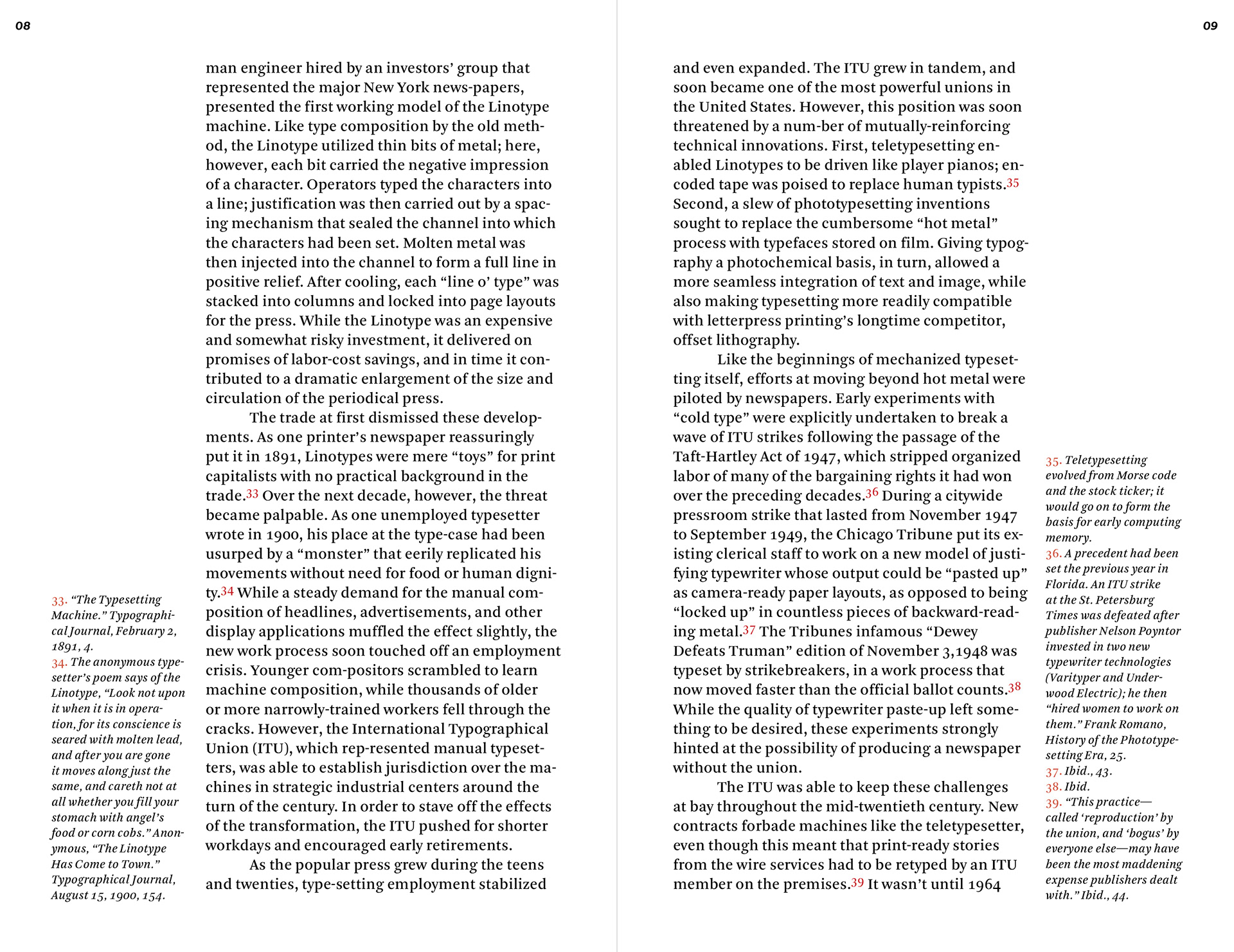
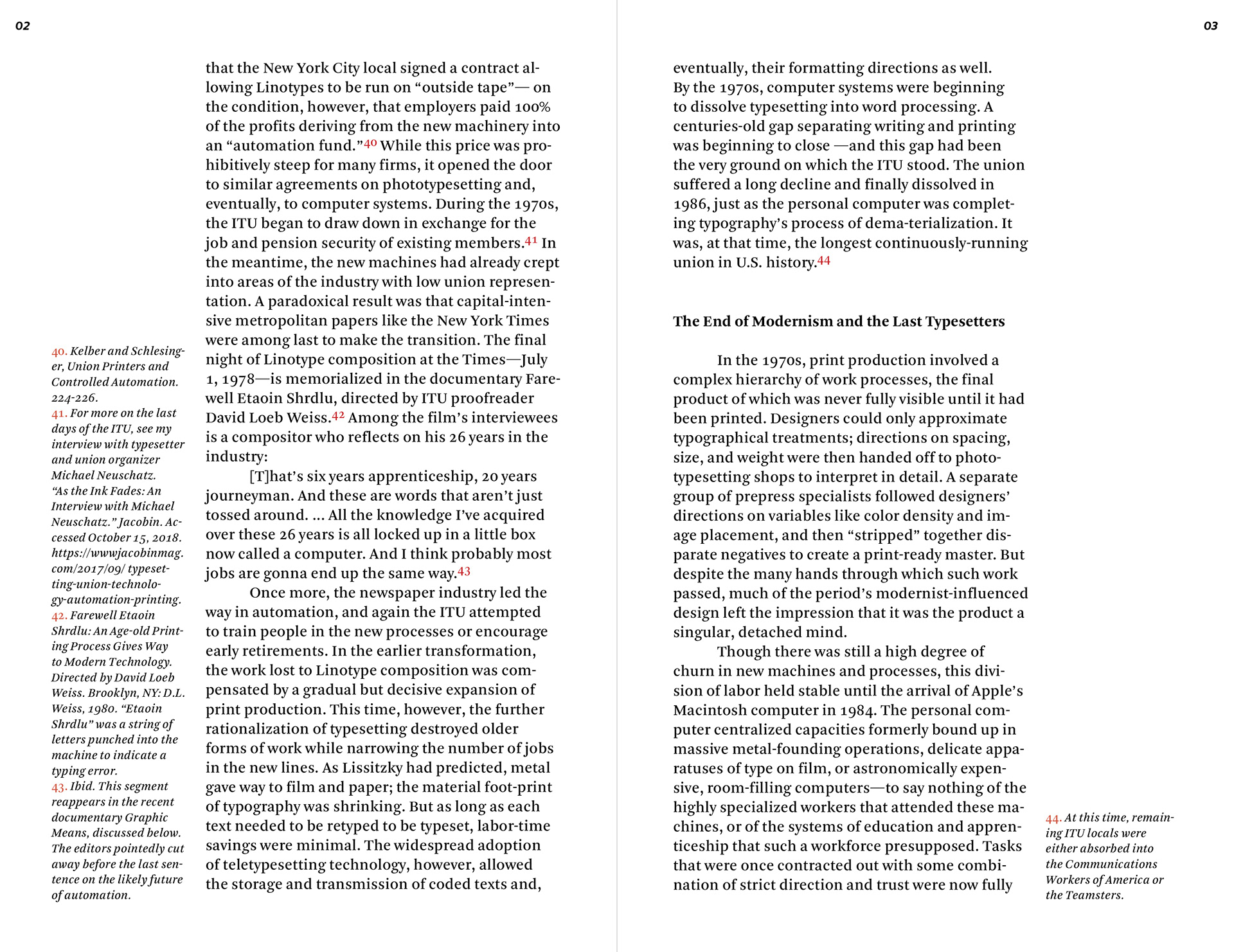
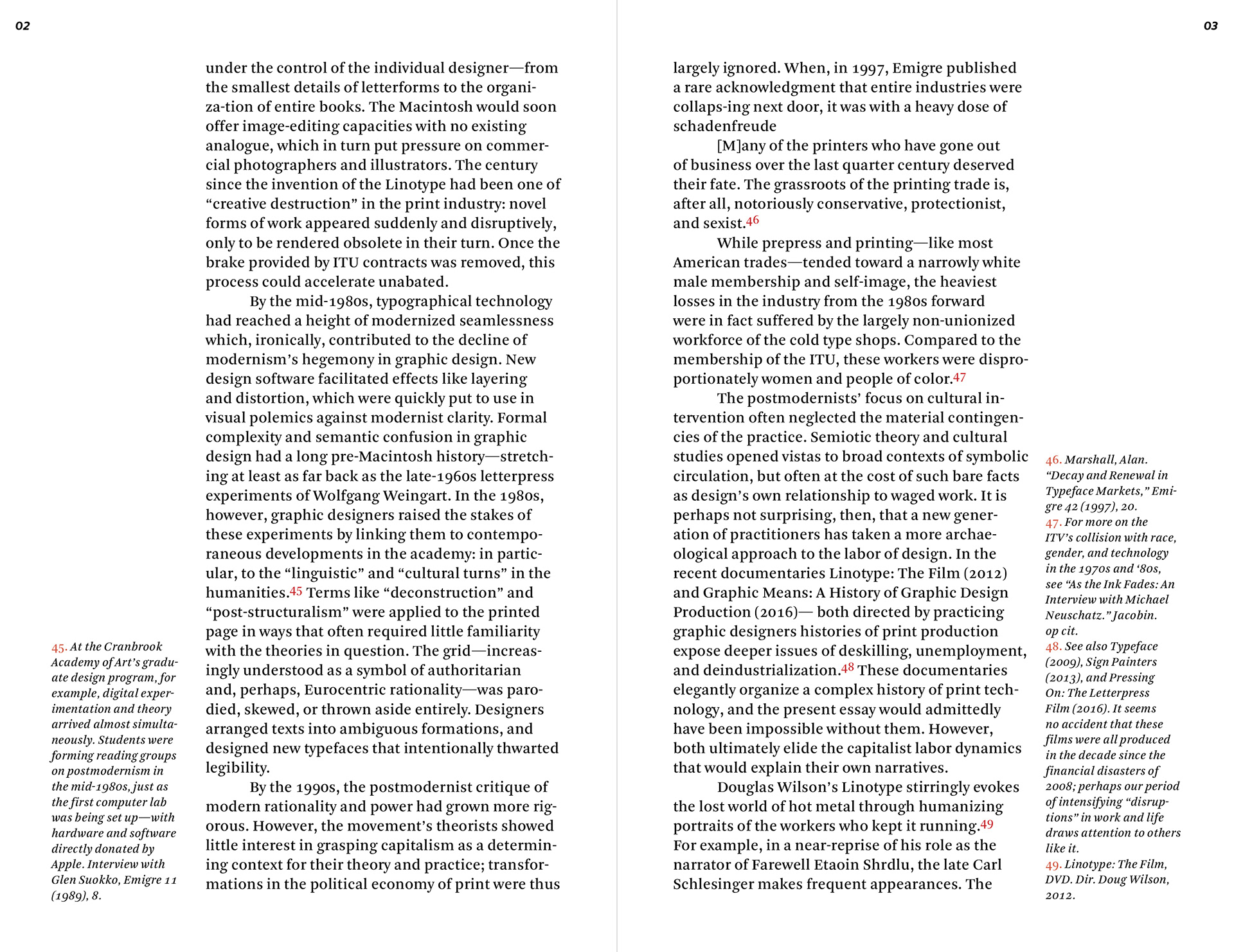
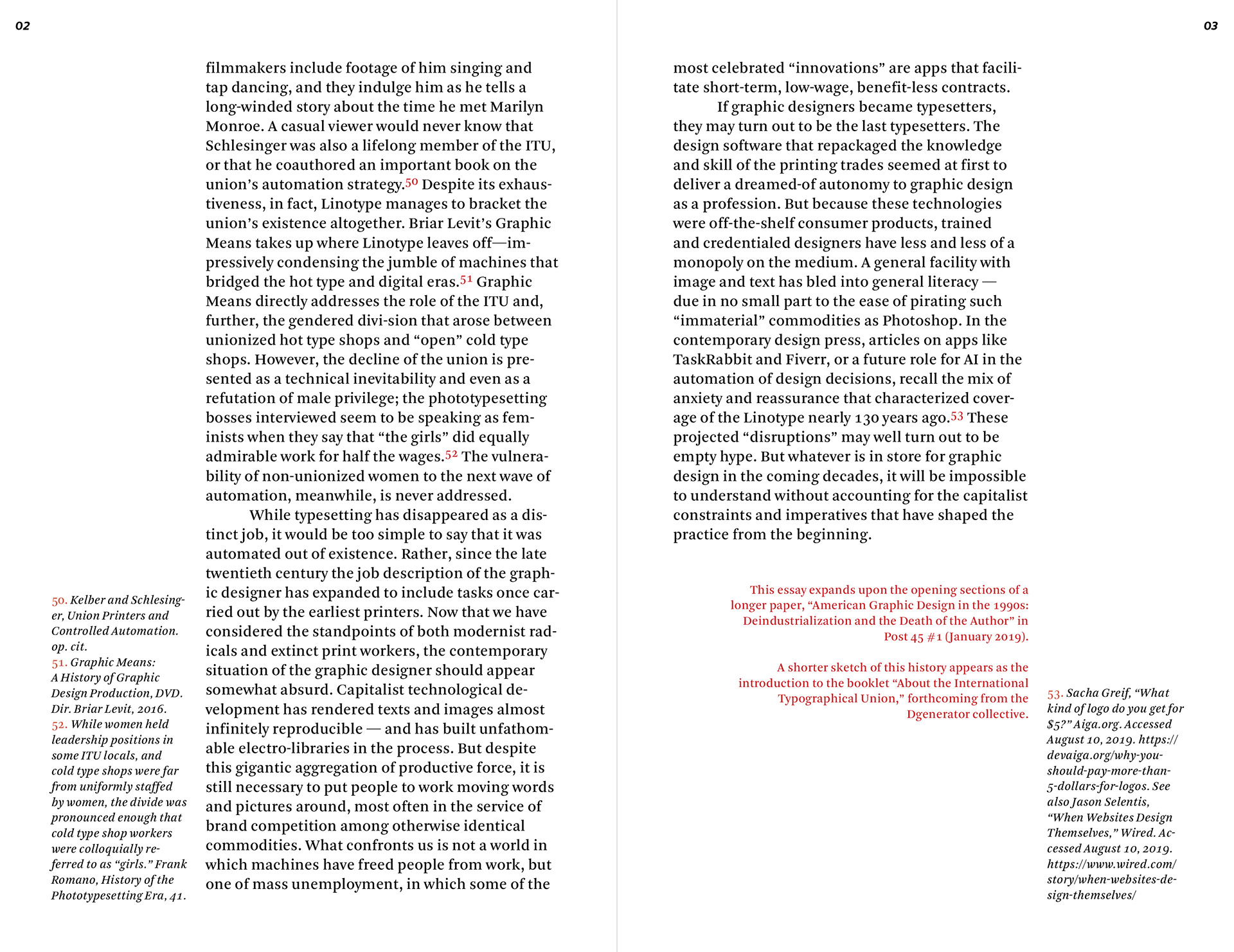
Exercise G: Choose one of the text-sound pieces listed below (from Bryony Quinn / Astrid Seme / Kurt Schwitters) and typeset the text in relation to the audio.
Exercise H: Choose from any of the class readings from this semester (ideally one which you haven’t worked with in other type exercises), and typeset this text using / misusing Google Sheets.